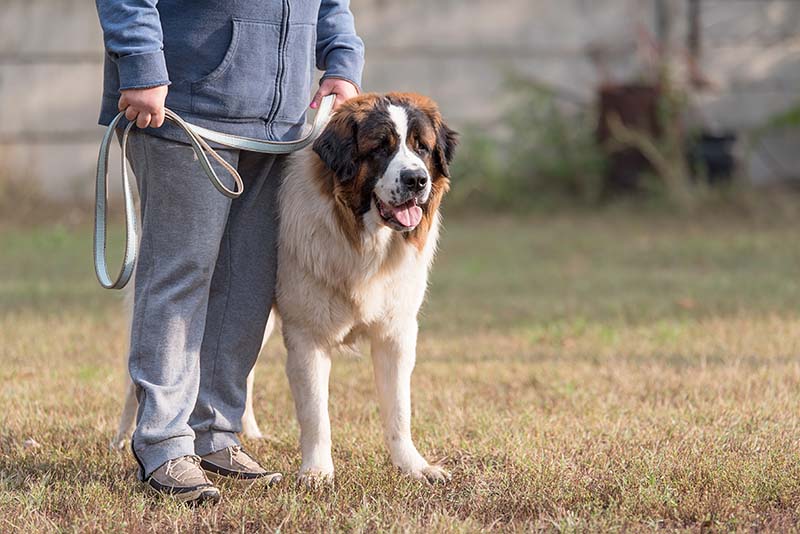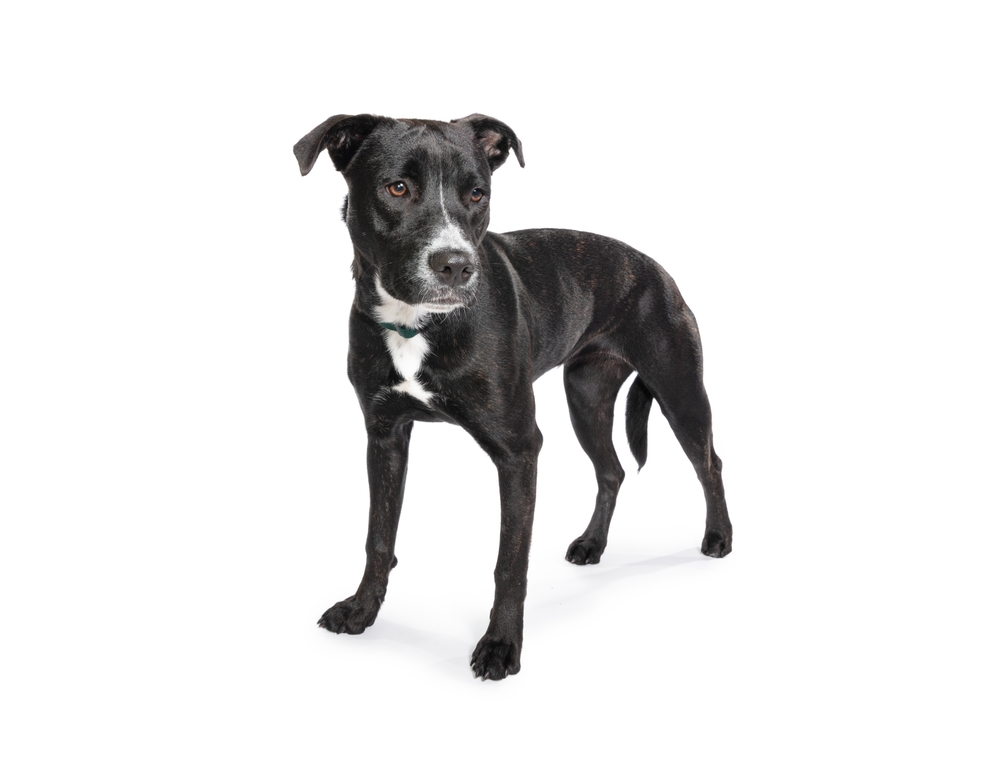No other dog has had so much media coverage in the last 15 years as the Pit Bull. It’s tough not to be emotional one way or the other about these canines, especially if you’ve owned one or two or three, or if you or a loved one has been involved in a bad incident involving a Pit Bull. One side says Pits are dangerous and should be banned. The other side says they are loving, safe dogs and it’s the owners who are to blame for any “bad” Pits. What is the truth? Somewhere in between.
“Pit Bull” can refer to either the American Pit Bull Terrier (APBT) breed or a type of dog who has Pit Bull traits. It’s all muddled at this point with Breed Specific Legislation, which bans or restricts some breeds, lumping Boxers and Dalmatians in with pits and other bully breeds (such as the American Staffordshire Terrier. Most Pit Bulls on the street are mixes though there is still breeding of the APBT. Responsible breeding produces a stable, talented dog while breeding for dog fighting must, of course, be stopped.
It gets more confusing when trying to identify just how many Pit Bulls are responsible for dog or human attacks. When you see the term “Pit Bull” in the press, it can refer to any type of dog. More often than you’d think, a dog who attacked someone and is labeled Pit Bull, is actually a mutt or a different breed altogether. Even if a picture is attached and it looks like a Pitbull, it could be any number of mixes which produce similar characteristics. Really, when you think about it, condemning a dog based on his physical traits is declaring his guilt based purely on his appearance – this is what BSL is about.
But there are the sensible people who honestly feel that Pitbulls, and any dog that resembles one, are a danger to society. Often, these folks don’t know much about dogs and certainly not much about Pits. But they are being bombarded with almost all bad press about these dogs. It is evident that the media fuels misconceptions about Pits and stirs up the public. And the statistics behind the fury are less than accurate. Even the Center for Disease Control, which puts out many of the stats, states that dog bite and dog attack data cannot be gathered accurately. But, still, the section of society that does not feel safe with Pit Bulls has a right to be heard. And, considering the bull they are fed about Pits, it’s no wonder they don’t believe the Pit Bull supporters.
Below are 10 common misconceptions about Pit Bulls which both support and contradict the general views of either “Pit Bulls are dangerous” or “Pit Bulls are just like Golden Retrievers.” Just as it’s tough to be unemotional about these dogs, it’s also tough to be unbiased (especially when the author of this article owns three of them) but a valiant effort has been made.
10 Misconceptions About Pit Bulls
1. All Pit Bulls Are Bad
Dogs do not have a conscience; they cannot be “bad.” Pit Bulls react to their world based on their breeding and training. You can’t breed a dog to fight other dogs for almost 200 years and expect those instincts to vanish.

2. All Pit Bulls Are Good
No dog is not innately “good.” They simply act as their instincts and owners tell them to. To try to sell the Pit Bull to the public as a fluffy bunny does a disservice to the public, to potential Pit Bull owners and to Pits themselves.
3. Pit Bulls Are Human Aggressive
Since Pits were bred to fight dogs in a ring, the owners had to make certain they would not turn on them when they went in to stop the fight. Imagine a dog, so riled up from fighting and very aggressive, who was able to then turn it off when his human appeared in the pit. When a Pit Bull attacks a person, there are always other factors involved, such as protection of food. Any dog may bite if provoked.
4. Pit Bulls Can Cause More Damage Than Other Dogs
Sorry, Pit Bull lovers but this is sometimes sadly true. Myths such as the locked jaw have been disproved but a Pit Bull’s traits make him naturally more driven. Consider these: tenacity (they often fought til death in rings), gameness, prey drive, a compact, strong, muscular body (pits can pull up to 7,000 pounds) and centuries of fighting instinct. But, there are too many factors involved in dog bites, such as the size of the animal and where the bite occurred, to make a blanket statement. In their favor, a Pit Bull will likely listen and obey better than other dogs if properly trained.
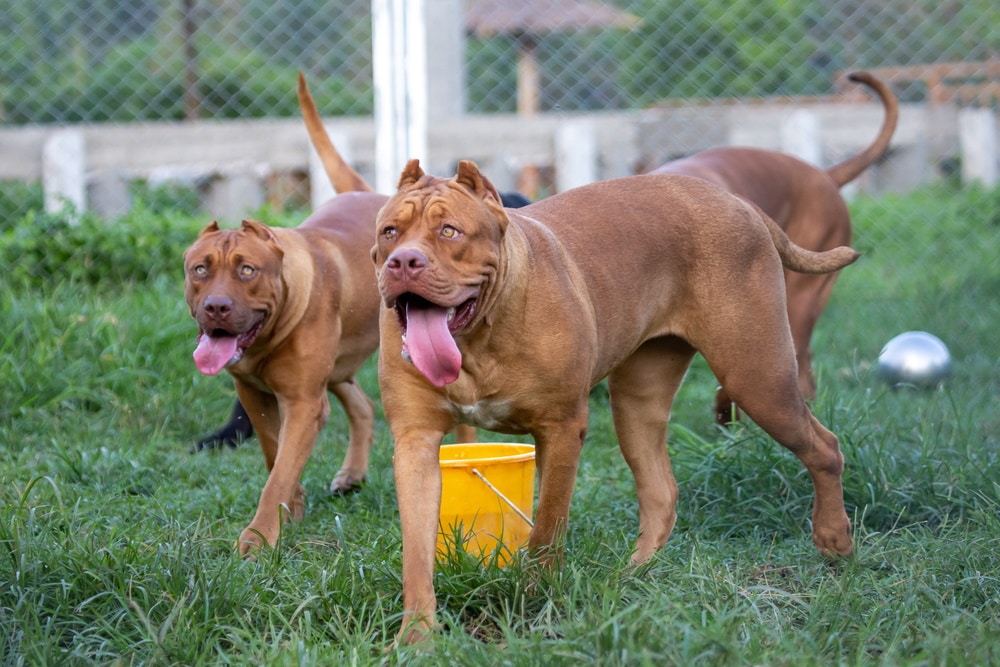
5. An Aggressive Pit Bull Cannot Be Rehabilitated
This was disproved by the Michael Vick case where some 50 pit bulls were rescued from a fighting ring. Of those, 49 dogs were rehabilitated. Some went to shelters such as Best Friends and many are well-loved family members today. The testing used to determine these dogs’ ability to fit into society was exhaustive and excellent and successful.
6. Anyone Can Own a Pit Bull
Pit Bulls are different from other dogs and their owners need to be told the facts before rescuing or purchasing one. A dog lover who has had Bichons all her life will be sorely surprised unless she does her homework and understands the bully breeds. Pits need a lot of structure, a very pronounced human alpha, training, exercise and lots of attention. The owner needs consistency, time, energy and maybe some muscle.
7. Pit Bulls Will Always Fight Other Dogs
Some Pits are so dog aggressive that they should be the only dog in the house. They also should not go to dog parks or areas where dogs run off-leash. Any Pit Bull could get into a fight with another dog. Any dog could. But breaking up a Pit Bull fight is much harder than a tiff between a Shiba Inu and a Sharpei Inu. If you have a Pit Bull, learn about his body language and the signs that he is getting ready to fight. This will prevent many incidents.
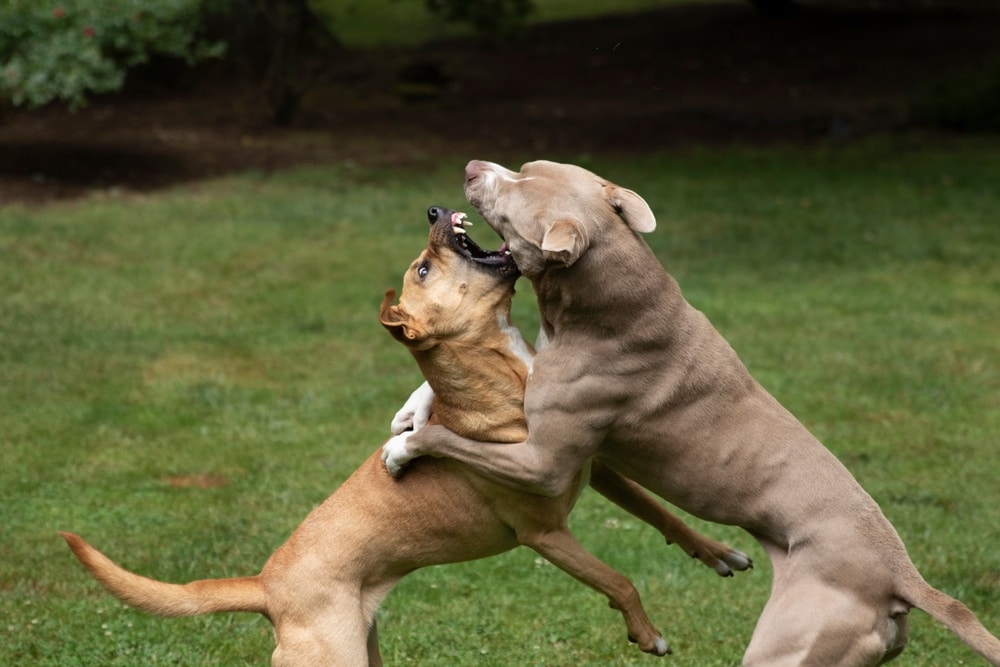
8. Pit Bulls Are Lovers Not Fighters
Since it’s been established that they can be fighters, what about lovers? Absolutely! Pit Bulls give more kisses than any other type of dog (it’s proven!). They love humans and human interactions. They feed off positive attention. These dogs are loving, friendly creatures. And they are the kings of clowning.
9. Pit Bulls Are Badly Behaved
Any dog who has this much energy and motivation coded into his DNA can cause problems if he doesn’t get enough attention and exercise. Pit Bulls put their whole hearts into destruction – of couches, beds, pillows, or your $200 boots. But all they need is to have that energy redirected. Pit Bulls are highly trainable but they do need to be trained. Their intelligence, focus, gameness, loyalty and desire to please makes them one of the most teachable dogs.
10. Compromise is Unthinkable
Unfortunately, both sides of the Pit Bull debate are often stubborn about their views and solutions. For those who think BSL is wrong, they need to be realistic about how to end it. For those that think Pit Bulls are dangerous, they need to recognize that banning Pits tears loved pets away from their families and what they propose will not stop all dangerous dogs. Giving in a bit on both sides, such as allowing muzzling of Pit Bulls in public places in exchange for no BSL, may prove the only hope.
Pitbulls are like other dogs yet they’re also unique. Their gameness, focus, desire to please and boundless energy can be seen as either productive or unproductive traits. The trick is to utilize these characteristics in focused play and work, such as agility, weight pulling, rescue work or nose work.
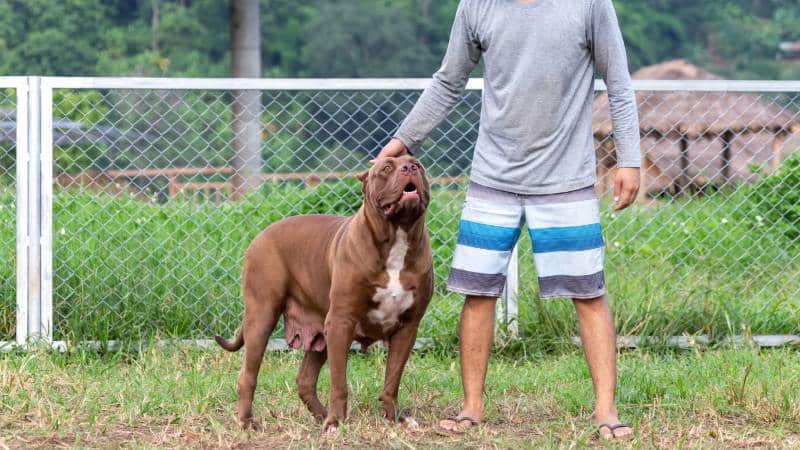
Featured Image Credit: Lunja, Shutterstock
Contents
- 10 Misconceptions About Pit Bulls
- 1. All Pit Bulls Are Bad
- 2. All Pit Bulls Are Good
- 3. Pit Bulls Are Human Aggressive
- 4. Pit Bulls Can Cause More Damage Than Other Dogs
- 5. An Aggressive Pit Bull Cannot Be Rehabilitated
- 6. Anyone Can Own a Pit Bull
- 7. Pit Bulls Will Always Fight Other Dogs
- 8. Pit Bulls Are Lovers Not Fighters
- 9. Pit Bulls Are Badly Behaved
- 10. Compromise is Unthinkable




